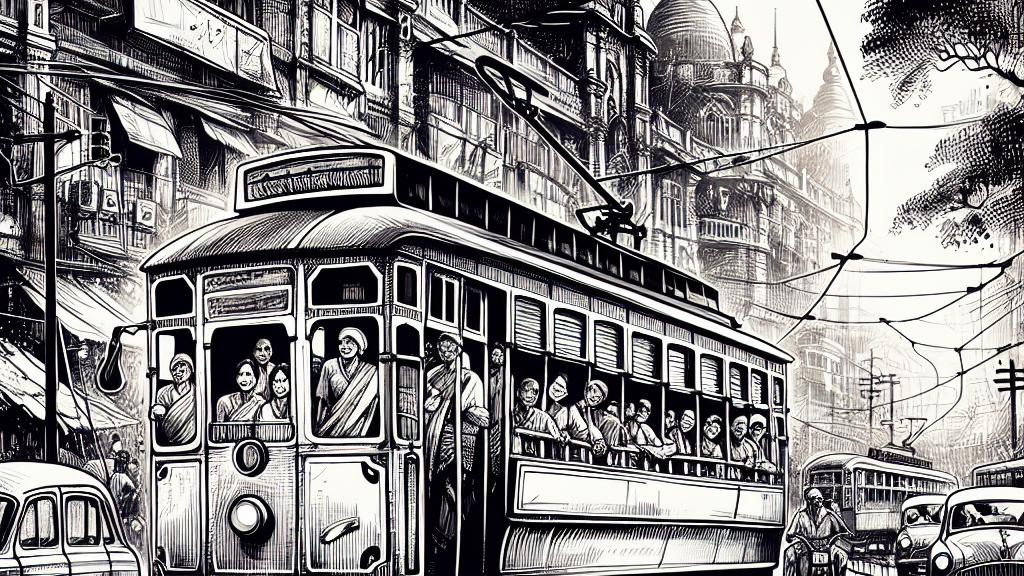The Slow Decline of Kolkata's Historic Trams
Overview
- Kolkata's trams, once a symbol of pride, now face an uncertain future amid modern challenges.
- A coalition of dedicated enthusiasts is striving to protect this eco-friendly mode of transport.
- Government neglect and unprecedented traffic congestion threaten the tram network’s legacy.

The Heritage of Kolkata Trams
In the vibrant city of Kolkata, India, one can find a remarkable relic of transportation history—Asia's oldest tram network, initiated in 1873. Originally horse-drawn, these fascinating vehicles transitioned to electric power in 1900, providing a charming way for residents to navigate the city's bustling streets. While these trams evoke a sense of nostalgia for many locals, they currently face significant threats that jeopardize their existence. Supporters, particularly members of the Calcutta Tram Users’ Association (CTUA), passionately assert that these trams are not merely transportation; they symbolize the spirit of Kolkata. They are an economical and environmentally sustainable alternative in a city frequently choked by traffic jams, with a lifespan that can extend up to 80 years, greatly surpassing that of buses.
Challenges Facing the Tram System
The obstacles confronting Kolkata's trams are daunting and multifaceted. Once boasting a sprawling network of routes, today only two lines remain in operation, casting a shadow over their once-thriving presence. Many tramcars languish in disrepair, their vibrant hues fading, while others stand idle and neglected. In addition to their reduced number, these trams bravely traverse the chaotic streets, often ensnared in backlogs of honking cars and impatient buses, crawling at a leisurely pace of 20 kilometers per hour. This slow movement has driven frustrated commuters to seek quicker alternatives, even if it means shelling out more money for rides that promise punctuality. Yet, despite their challenges, trams remain a remarkably affordable option, with a fare of only seven rupees (around $0.10), highlighting their potential to offer economical travel in an increasingly costly world.
The Fight for Preservation
In this climate of decline, a determined movement emerges, fueled by passionate advocates striving to save Kolkata's trams. Community leaders and ardent tram supporters, like Deep Das, engage tirelessly in efforts to restore public interest, organizing lively meetings and sharing heartfelt stories that resonate with residents. Memories of childhood tram rides evoke smiles, laughter, and a sense of community as riders recount their experiences, emphasizing the trams’ role as more than just transit vehicles; they are treasures woven into Kolkata’s cultural fabric. As activists work ceaselessly to underscore the significance of the trams—both historically and ecologically—they are not merely fighting for preservation; they are championing a cause that honors the rich, intertwined heritage that defines Kolkata’s identity. This grassroots effort showcases the deep love and sheer determination these citizens have for their trams, reminding us of the importance of upholding cultural legacies in the face of relentless change.

Loading...